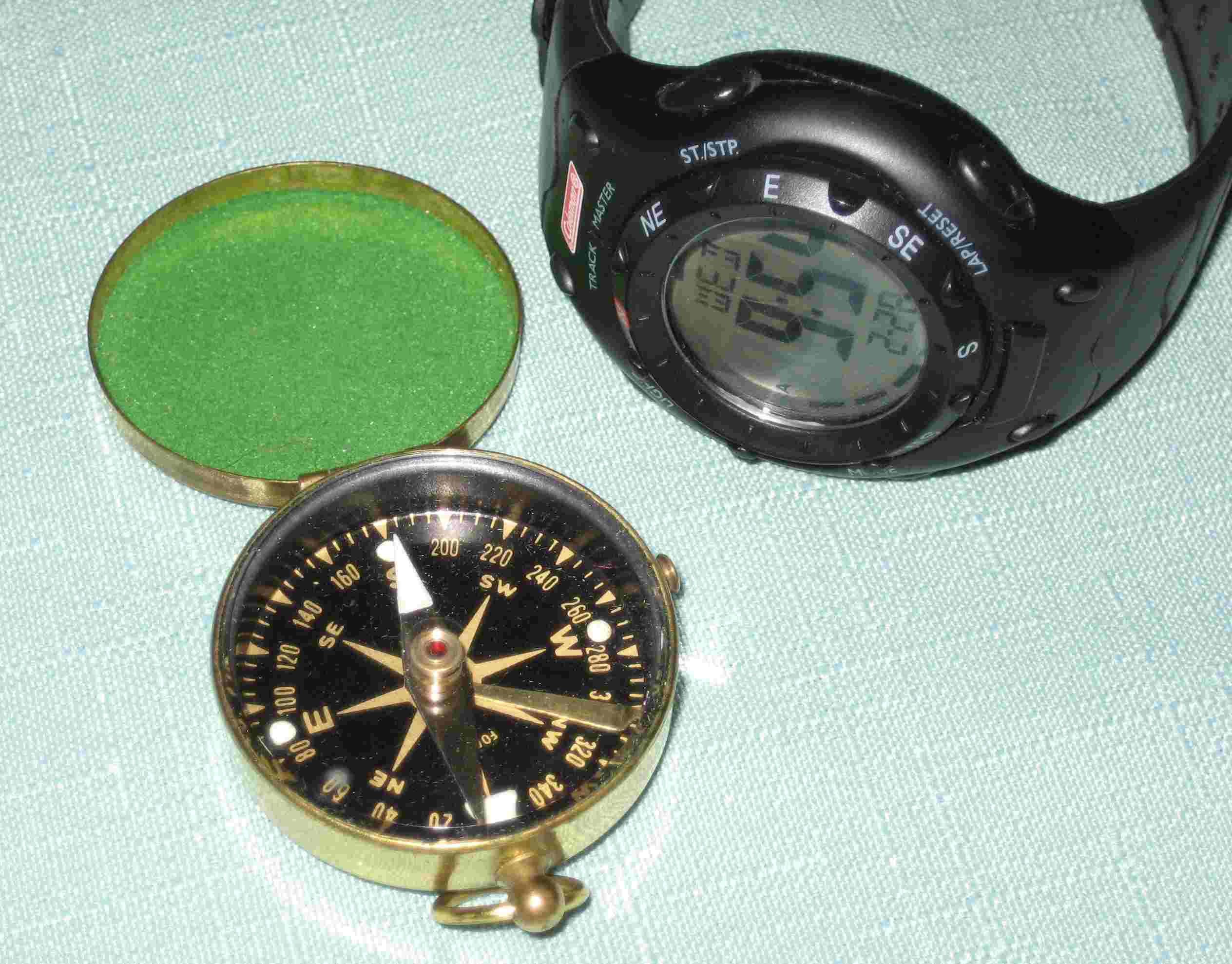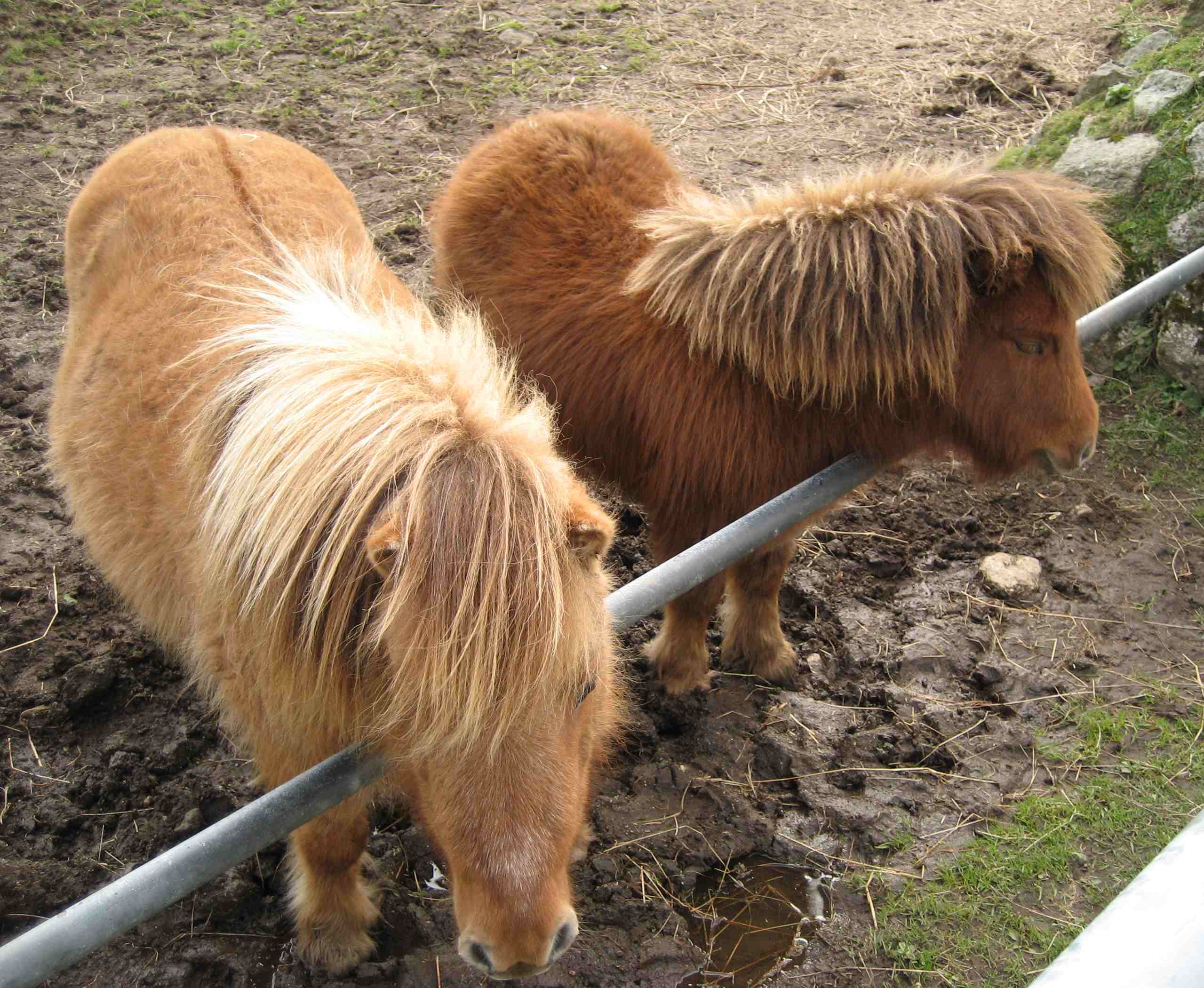 |
|
| Days N1 - N14 English West Country | |
|
Day N3 - Higher Bosoha Farm to
Carnon Downs
|
|
| Northbound Home Start hiking here English West Country English Midlands North of England Southern Scotland Central Scotland Scottish Highlands Southbound Home |
Thursday, March 22, 2007 Time of departure: 8.30 am Time of arrival: 4.00 pm Place departed: Higher Bosoha Farm, Cornwall Place arrived: Carnon Downs (south of Truro, Cornwall) Miles: 14.1 Cum miles: 39.8 Percent complete: 4.3  Westedge B&B,
Carnon Downs **** Westedge B&B,
Carnon Downs ****Cost for bed and breakfast: £25 ($50) |
| Overview of both
hikes Excerpts Statistics What others say Acknowledgments Contact me Copyright Links |
|
 |
|
 |
|
 |
|
| I
left Higher Bosoha Farm
by taking a track that promised and delivered a shortcut to my
route. To do so, I paid a price in mud, and thorns that tore
my
sou’wester, and led me a worrying traipse through someone's
farmyard. In America, I might have had to contend with dogs
and
guns; in Britain, just the former. Once on my route, it proved to be
initially a continuation of yesterday's repetitive and wearing
up-and-down. Covered by raingear, I sweated profusely as I urged
myself along. Other hikers have remarked that it's better to
get
soaked by the rain than by one's own sweat, and I think I agree. As a youngster in London, I once remarked on the spreading urbanization of England, but was corrected by an affable acquaintance who said: “If you go up in a lightplane, you’ll see that there’s masses of green left”. When I did so, I found he was right. Now, for the second day, I passed farmers’ fields with nowhere to buy food or enter an office or get a chocolate bar or refill with gasoline - or transact any other business save for two pubs, one closed. Fortunately my Penzance-bought food supply was enough for two days, even for lunch and dinner. I saw more sheep and cows than I saw people, a trend that was to persist for most of my journey. The countryside today - and after - was delightfully bucolic. I sampled an aromatic tapestry of wild chives, herbs, grass - and horse manure. It’s been said that you are not out of Cornwall until the horse manure abates. At this point, it seemed that I had three more days of horse manure, but I later discovered that Devon has a goodly supply of its own. In the afternoon, I reached a main road, the A39, which offered no footpath or any other pedestrian comfort such as an adjacent minor road. This road absorbed my self-preservation instincts for a couple of hours as I followed it north towards Truro. On the outskirts of Carnon Downs, a few miles south of Truro, I ran into road construction. The authorities, contemplating a pedestrian route amidst the construction to be suicidal when without construction it had been merely dangerous, now offered a dedicated pedestrian detour that eventually led into a housing estate instead of back to the main road. It took me far longer to find accommodation than I had thought. This was not my first visit to Cornwall. I vividly remember a visit in 1970, and in fact I am not sure that the scars have healed to this day. To explain this, I need to backtrack. In those days I was a graduate student at Southampton University conducting sonic boom research under government contract. The sonic boom of interest was, of course, the Concorde’s. The Concorde was under development then, and it would sell better if its sonic boom was mild enough to allow it to be flown supersonically over land instead of just over water. To prove the aircraft’s capability, the flight test plan called for some long-distance, high-speed flights to be conducted in a straight line. In case the aircraft were to crash, the powers-that-be selected this route to lie over shallow water from which they could recover a crashed aircraft if they had to. Back in the Ministry of Concorde and Sonic Booms, they came up with a north-south route down the Irish Sea extending to the Bay of Biscay. For the geographically-challenged, this route lay along the Scottish west coast, the Irish east coast, the Welsh west coast, the tip of Cornwall, and then on beyond Britanny in France to the north coast of the Iberian peninsula where the Basques live. Now, darned clever were those Ministry of Concorde and Sonic Boom neddies! Having chosen the route for safety reasons, they could now use the flights for human experimentation, which would by itself have been politically and ethically suspect. “How”, they asked themselves, “would the folks in these regions react to the sonic boom?” The desired answer was “very well”. Well, Daryl soon found out! When a group of erstwhile burgers of St. Ives in Cornwall asked the Ministry to send down a speaker to tell them about sonic booms, those neddies moved into butt-protection mode. They asked my professor to attend to it. And my professor also knew what to do. He asked Daryl to attend to it. So, in one of the British cars that I describe on day 5, I drove down to Cornwall to speak to the burgers of St. Ives, fully equipped with my nerdish hair-style, horn-rimmed glasses, color slides, professorial air, and my soon-to-be-published treatise on the loudness of sonic booms heard outdoors. What nice folks were those Ministry neddies, I thought. And what a nice professor - all assigning me to this important task! And how smart I was to beat out my colleagues Dave, Kevin and Brenda for this important job. You might wonder what sort of audience I’d have. I did also, but not for long. Let me provide a little more background. The west coast of Scotland, east coast of Ireland, west coast of Wales, tip of Cornwall, Britanny in France, and the Basque country . . . are all united by a common Celtic heritage and some language similarities, which have fertilized independent thought and even independence movements. You’ve heard, of course, of Scottish, Irish, and Basque independence? Well, there’s also Cornish independence. To generalize, these folks didn’t like central government, and even if the Ministry were distributing free ice cream and banknotes, they would probably have complained. Loud, jolting sonic booms that startled them and shook their homes were a political plot by Whitehall against the Cornish nation! And that’s just the moment that Daryl arrived. You’ve probably seen movies where the city slicker is confronted by a farmer with a pitch fork. So it was in Cornwall, except that the audience also included Cornish intellectuals, communists, beatniks, a lawyer or two looking for evidence, members of the Mebyon Kernow (Sons of Cornwall) party and others of the Celtic League, some older folks past their hearing days, and several total fruitcakes one of whom tried to sell me on his radiation invention for reaching out and zapping sonic booms. I promised to take his business card back to the Ministry, a prospect that gave me more and more inward satisfaction as it slowly sunk in whom I had to thank for my drubbing. I came home minus my pride and considerably educated into the interface between science and sociology. The Concorde never was allowed to fly supersonically over land, an outcome of these and other tests, but also of raw sentiment, all of which added another nail to its economic coffin. When I was training for this hike back in Tampa, Florida, where I live, I set myself the goal of working up to three consecutive-day, 15-mile hikes carrying a 20-lb pack. In this I succeeded without apparent hurt. But two weeks later, I had knee pain. This was quite bad enough to see a doctor, and then a specialist. Their studies revealed arthritis and a probably old meniscus injury neither one of which had bothered me much until now. Neither could be treated in the time before my departure to Britain, even if it should be treated at all. I concluded that my best bet was to rest my legs for a while. Then, in my two month rest phase, I developed calf pain. The only explanation for this was plaque in the arteries, best treated by more exercise! So I resumed walking, and the calf pain lessened. I just hoped that somewhere between too little exercise, and too much, I might get my thousand-mile hike in! On the hike itself, I envisaged backing off to ten-mile days any time I felt sore. Early today, my left knee started troubling me as it had done in Tampa. Despite taking Ibuprofen, it nagged away all day. For reasons I don't understand, but which many like-sufferers will also recognize, it hurt more on the flat and going downhill than going uphill, becoming a sensitive inclinometer by which to measure the road gradient. With pain also arising from the cardiovascular challenge of the hilly country, I was totally worn out long before I found my B&B. The knee pain brought with it the worry that, if it persisted, I might not be able to continue. The almost total absence of places to sit and rest did not make things easier, and my “conquer or die” mentality probably did not help either. I would have taken a day off so early in the hike with great reluctance. So, it was “Knees up, Hiker Hobson” by day, rest at night, and hope for the best for tomorrow. With Ibuprofen at hand. |
|
| Day N2 © 2007 and 2008 Daryl May Day N4 | |